What you drive when you’re not sat on the tractor can be just as important, with comfort, room for passengers and a descent payload being key considerations, alongside the ability to actually get to the job at hand, regardless of conditions.
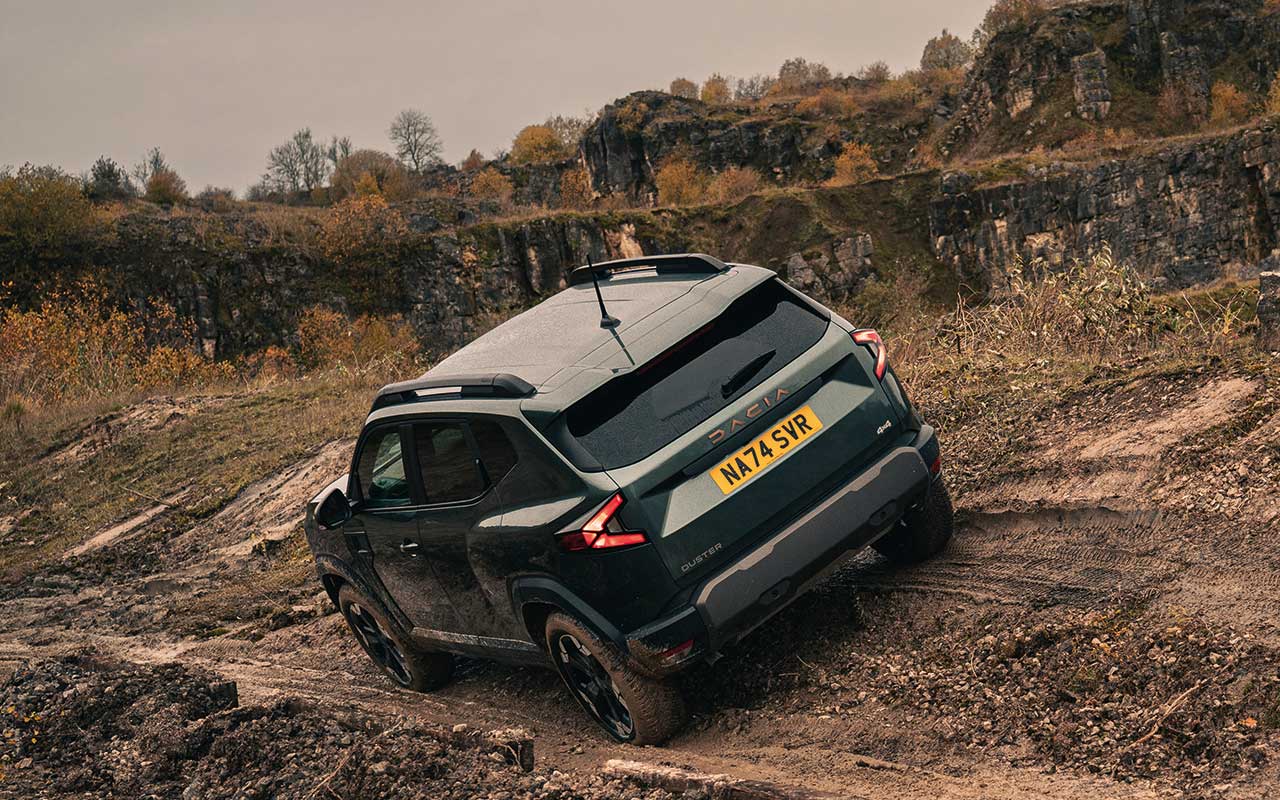
Dacia
The Dacia Duster Extreme is available with a brand-new TCe 130 powertrain, with a three-cylinder, 1.2-litre turbocharged petrol engine and a 48V mild hybrid motor, aiding the engine during starting and acceleration, with power put to the ground through a six-speed manual gearbox.
A new hybrid model is also available, with a four-cylinder petrol engine, two electric motors and a fully automatic transmission.
These are built around the new CMF-B platform, reportedly offering increased passenger space and featuring new anti-roll bars, with a reduction in body roll for more stability when cornering or changing direction.
The greater stiffness is compensated off-road by a new electronic management system, with damping settings and configurable power steering.
4×4 Terrain Control offers five driving modes, with automatic distribution of power between the front and rear; anti-skid settings for slippery conditions; an off-road mode which intelligently distributes torque; settings for mud and sand; and an eco mode to minimise fuel consumption. This is complemented by a ground clearance of 217mm and hill descent control.
New driving assistance systems have been added, such as automatic emergency braking (in urban and suburban areas, including detection of other cars, pedestrians, bicycles and motorbikes), traffic sign recognition and speeding alert, rear parking assist, emergency stop signal, lane departure warning, lane keep assist, driver attention alert, and emergency calls (eCall).
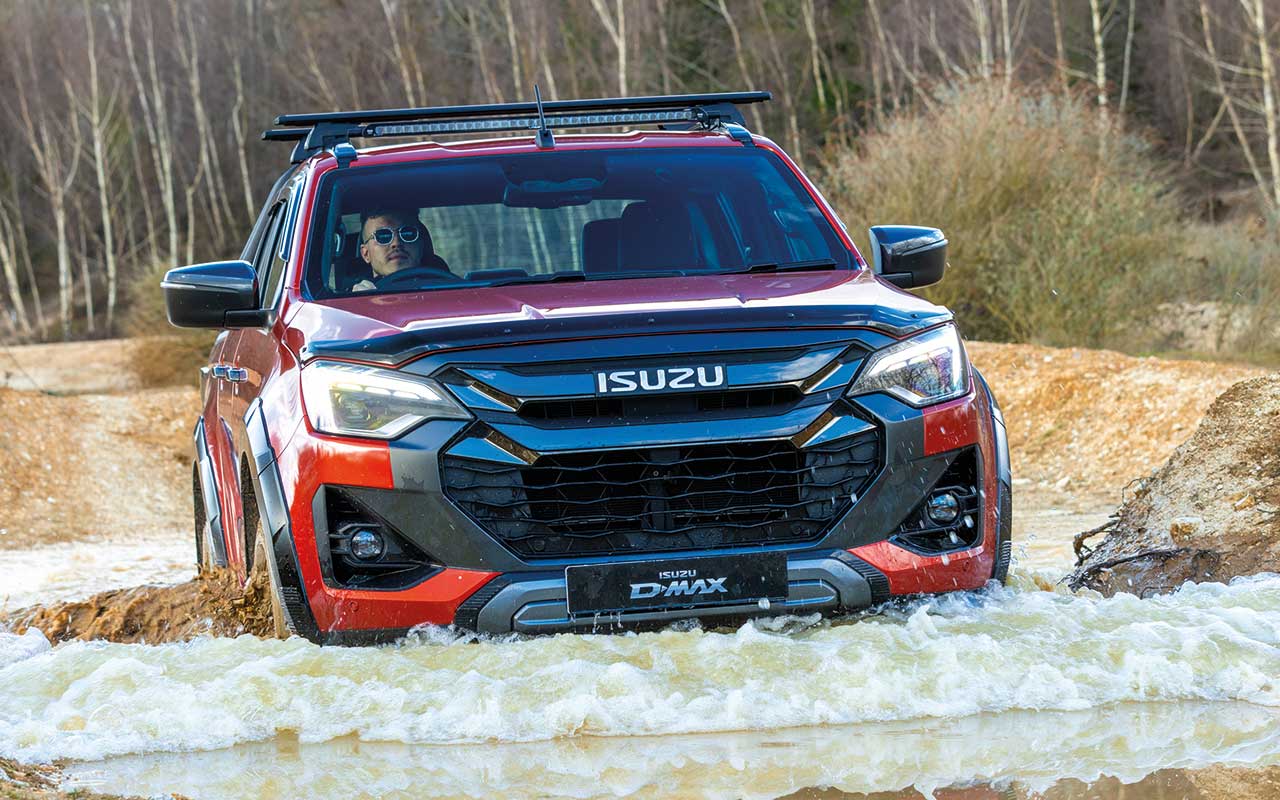
Isuzu
Isuzu has been in the process of updating its D-Max range, which it says is the second best-selling in the UK pickup market. The portfolio starts with the Utility model, available with either a single, extended or double cab for rear deck lengths up to 2,315mm.
Each comes with a four-cylinder diesel engine, offering 164hp and 360Nm of torque, with a six-speed gearbox. Even with the basic model, a comprehensive driver assistance package is available, with adaptive cruise control, lane assist, hill start and descent control.
In all but the 4×2 single-cab, it also comes with rough terrain mode, which automatically adjusts power flow to each wheel to stop bogged-down wheels from spinning.
This stops the back end spinning out in slick conditions and helps in muddy or tricky terrains.
The DL20 has an extended or double cab, with the same engine setup as the Utility model, with a choice of manual or automatic transmissions.
This continues up into the DL40, which is available as a double-cab only. The biggest difference is the increase in cab comfort and capacities, with braked trailer capacities maxing out at 3,500kg, depending on the model.
Topping out the range is the V-Cross, push button start, follow-me-home lights, the full package of driver assistance systems as standard, and the full Isuzu range of comforts, including leather steering wheel, electric seat adjustment and leather upholstery.
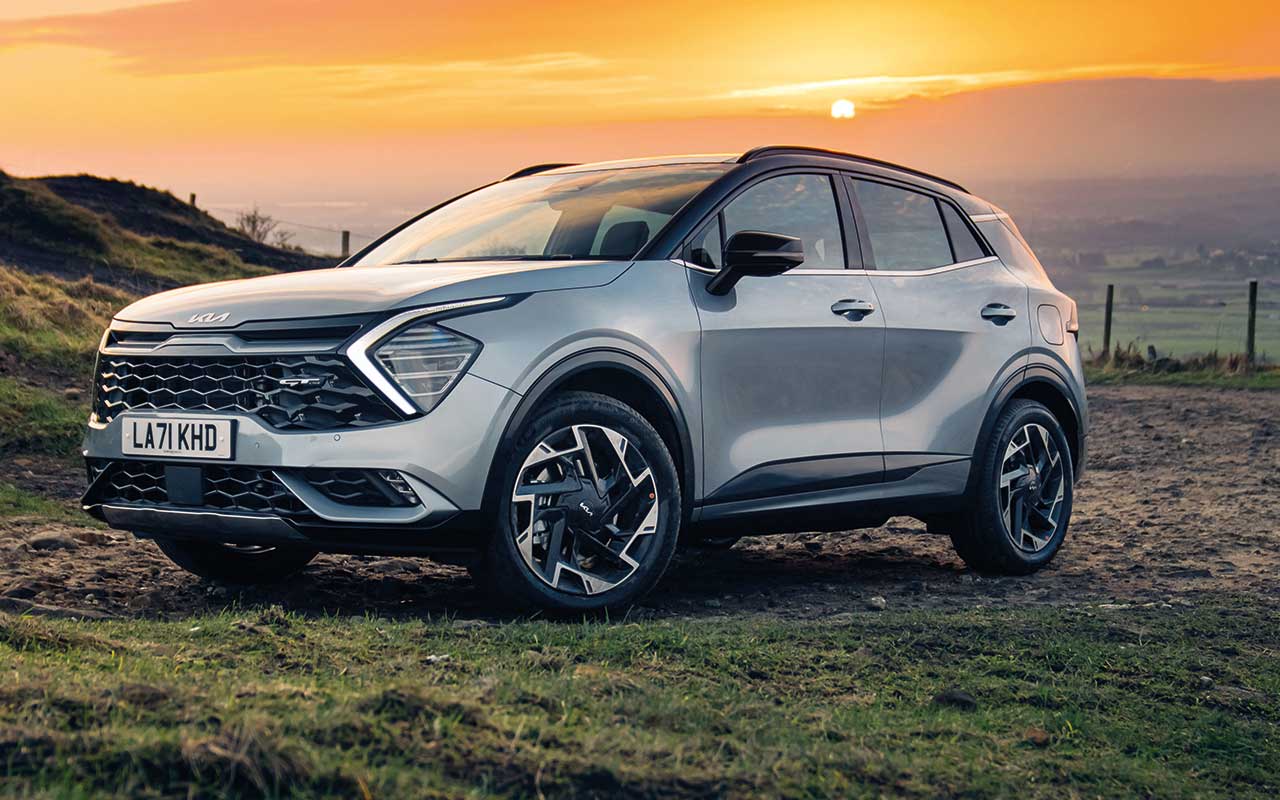
Kia
Kia recommends three models from its SUV range for commercial and off-road operations. The first is its GT-Line S Sportage model, powered by a four-cylinder engine which offers 207hp and 350Nm of torque, all put to the ground through a six-speed automatic box.
When the seats are folded down, it offers a boot capacity of 1,776 litres, which can be combined with the 1,360kg braked trailer weight.
LED lighting is standard, with automatic headlight control, and the GT-Line comes with an exclusive interior design of black suede leather upholstery, ventilated and heated seats, automatic air conditioning and heating, and a start/stop button.
Driving assistance systems, including lane assist, forward collision avoidance, downhill braking control and trailer stability, are also included.
There is also a fully electric GT-Line model. The EV9 uses a 99.8kWh Li-ion polymer battery, producing 318kW for the equivalent of 378hp and 700Nm of torque.
It has a towing capacity of 2,500kg and a reported range of 313 miles, increasing to 415 miles when unladen and driving through towns or cities.
The diesel Sorento model offers 190hp and 440Nm of torque, with boosts to the towing capacity to 2,500kg and a maximum boot capacity of 1,996 litres. Its seven-seat cabin also means that larger groups can be easily transported.
As you’d expect, the automatic lighting and driver assistance systems move over to Sorento, as does the infotainment systems, which include Apple CarPlay and Android Auto.

Land Rover
The latest addition to the Land Rover range is the Defender Hard Top, using a heritage name that dates back to 1950. Two body designs are available, with the 90 offering 1,355 litres of cargo space and the 110 increasing to 2,059 litres.
Fitted with one of three in-house Ingenium diesel engines, each model uses the company’s Intelligent all-wheel-drive system for automatic adjustment of power and torque.
The Defender 90 Hard Top features the D200 in‑line six‑cylinder engine producing 200hp and 500Nm of torque. The Defender 110 Hard Top is available with the D250 or D300 in‑line six‑cylinder diesel engines.
The D250 delivers 249hp and 570Nm of torque, while the D300 provides 300hp and 650Nm. A mild hybrid system is included, which collects energy accumulated during breaking and redeploys this for torque assistance.
Independent coil-sprung suspension is fitted to both, with the 110 also available with the electronic air suspension. This increases ground clearance to 291mm, with approach, breakover and departure angles of 38deg, 28deg and 40deg, respectively.
Updates for vehicle systems can be downloaded via a twin eSIM, reducing servicing time, and a comprehensive advanced driver system is included, with 3D surround cameras for a top-down visualisation of the vehicle.
When wading into water, sensors monitor the depth and alert the driver. Terrain Response 2 automatically adjusts the settings of the machine to provide power and traction, while adaptive cruise control allows the Defender to match traffic conditions without driver input.
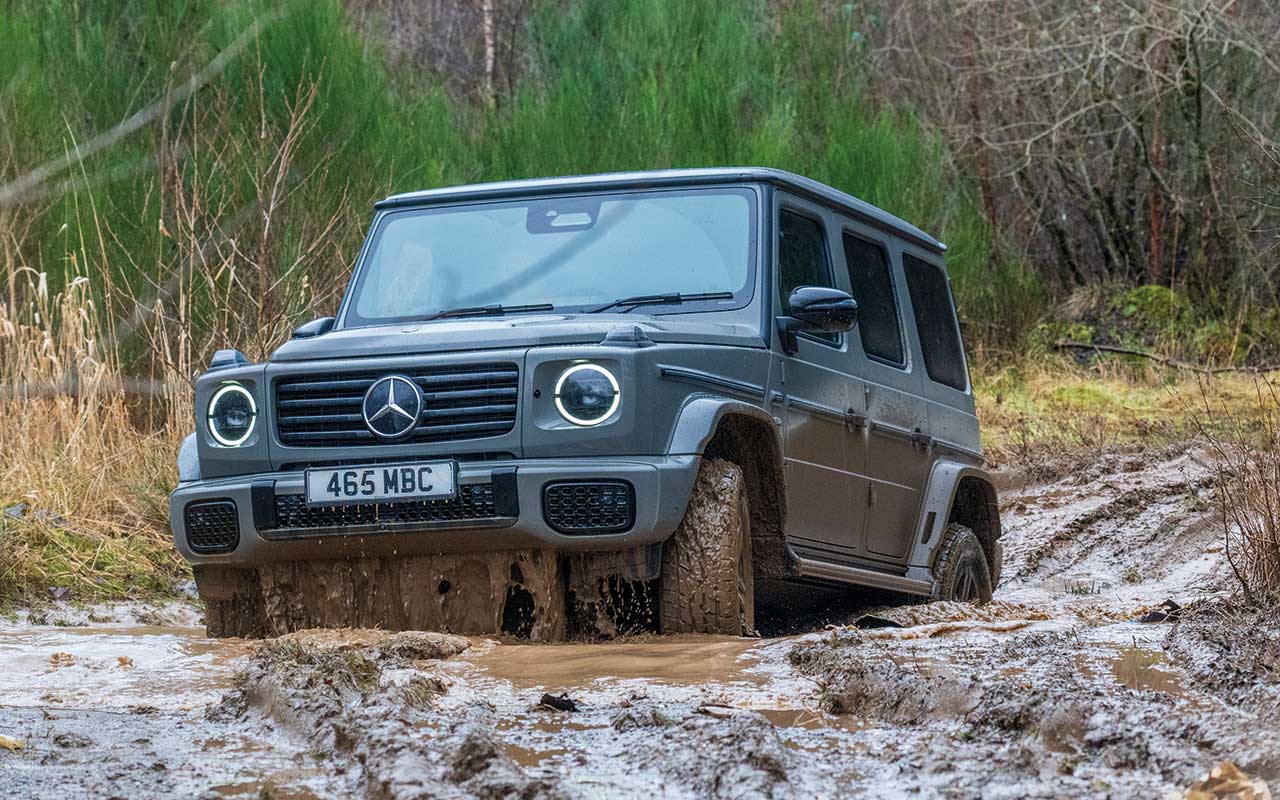
Mercedes-Benz
The G-Class 4×4 has been offered by Mercedes-Benz for over 45 years, and last year saw a new electric model added to the range.
The G 580 is based on a ladder-frame concept, powered by a 166kWh lithium-ion battery, which is integrated into the frame to keep the centre of gravity low and protect it from dirt and water.
Four electric motors are located near wheels, developing a maximum output of 432kW and 1,164Nm, with driving ranges topping out at 294 miles, depending on conditions.
Unique features within the G 580 include G Steering, which can reportedly reduce the turning circle when driving off-road or on loose surfaces, and G Turn, which enables the vehicle to turn almost on the spot, according to the company.
The transmission is also upgraded to the Electric Dynamic Select, with five modes to suit the driving conditions.
Off-road crawling is also possible, with the driver setting the desired speed when operating in difficult conditions. The G 580 remains stable on sideways slopes of up to 35deg, with a maximum fording depth of 850mm, an increase of 150mm over the standard combustion model.
On the road, the driver assistance package includes active brake assist and distance assist, as well as land keeping and automatic speed limiter.
Camera and radar systems link to offer blind spot assistance as well, while the route-based speed adjuster automatically adapts to road conditions, including upcoming curves, roundabouts and junctions.
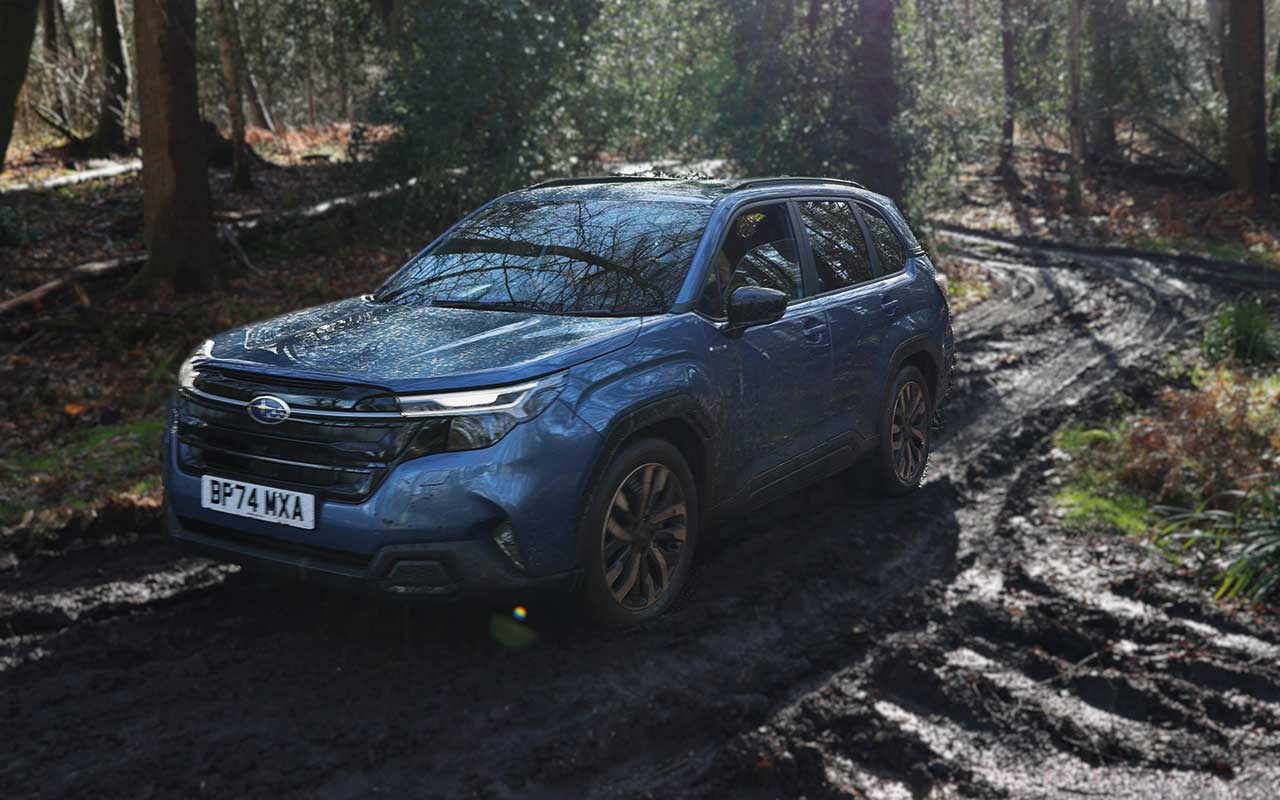
Subaru
The sixth generation of Forester SUV is built with a new chassis, said to increase rigidity by 10% when compared to the previous version.
A two-litre, direct-injection, four-cylinder petrol engine produces 136hp and 182Nm of torque, paired with an electric motor. The e-Boxer mild-hybrid powertrain adjusts the power split between the engine and the motor, with three driving modes available to suit the conditions.
Subaru also claims significant improvements to the aerodynamics; with a new front air outlet and fins placed at different points to improve stability.
This limits lift and controls airflow over the machine to reduce lateral sway. For payloads, the seats can be folded down for a maximum boot volume of 17,31 litres, and the braked towing capacity is set at 1,870kg.
Somewhat unique, but handy for those attending jobs off the beaten track, the Forester’s infotainment system is integrated with what3words, enabling the driver to be guided to nearly any location.
It is also equipped with the upgraded EyeSight Driver Assist Technology, which now comes with 15 functions. The newly added wide-angle monocular camera recognises two-wheeled vehicles and pedestrians in a wider area around the vehicle.
New to the Forester, the Emergency Driving Stop System reduces the risk of accidents if the driver can no longer operate the vehicle – for example, due to a medical emergency.
The system issues alerts/warnings, including physical vibrations and pulsed braking to urge the driver to operate the steering wheel if it does not detect steering operation for a certain period.
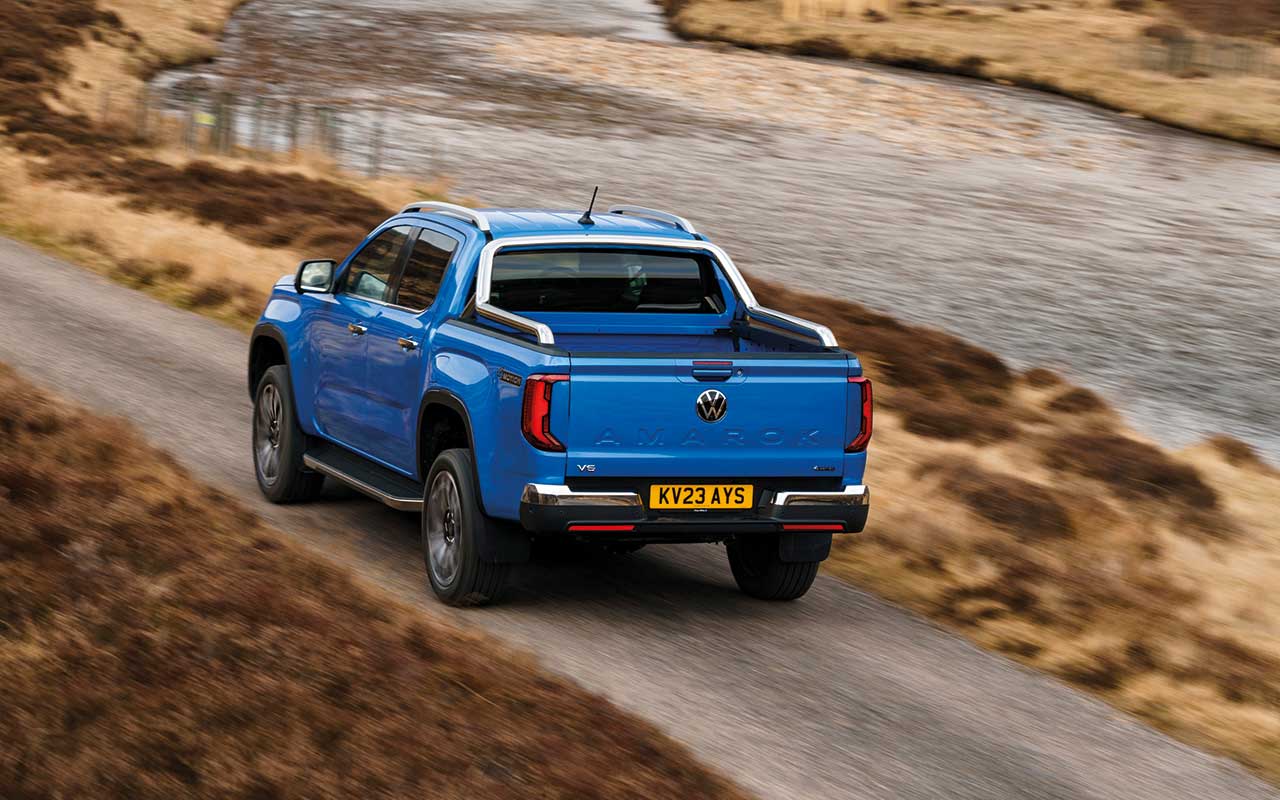
Volkswagen
The double-cab Amarok range from Volkswagen offers a payload capacity of at least 1,100kg, with the rear bed wide enough to hold a pallet.
This is achieved without sacrificing space in the crew cab, as the latest generation of machines is 5,350mm longer, an increase of 96mm, while the wheelbase has increased by 173mm to 3,270mm. This is backed up with a 3,500kg towing capacity.
Three diesel engines are available, with either four or six cylinders and displacements of two or three litres, with a six-speed manual gearbox available on the 170hp model, and a 10-speed automatic transmission on 205hp and 240hp trucks.
The transmission can be switched between various driving modes, from rear-wheel drive to all-wheel drive to suit the conditions. New driver assistance features have also been integrated, depending on the specification.
Radar sensors can be mounted at the rear to inform the driver of traffic approaching, as well as linking to the front radar sensors to assist with parking.
There is also lane assistance, with side assist when changing lanes, and adaptive cruise control, as well as an autonomous emergency brake if a potential collision is detected.
Wheel choices range from 17in up to alloys of 21in, boosting the overall height of the machine, enabling it to wade through standing water up to 800mm deep.
The entire Volkswagen commercial range comes with the company’s 5+ Promise; an aftersales package with three MOTs, five services and five years of roadside assistance and warranty.


